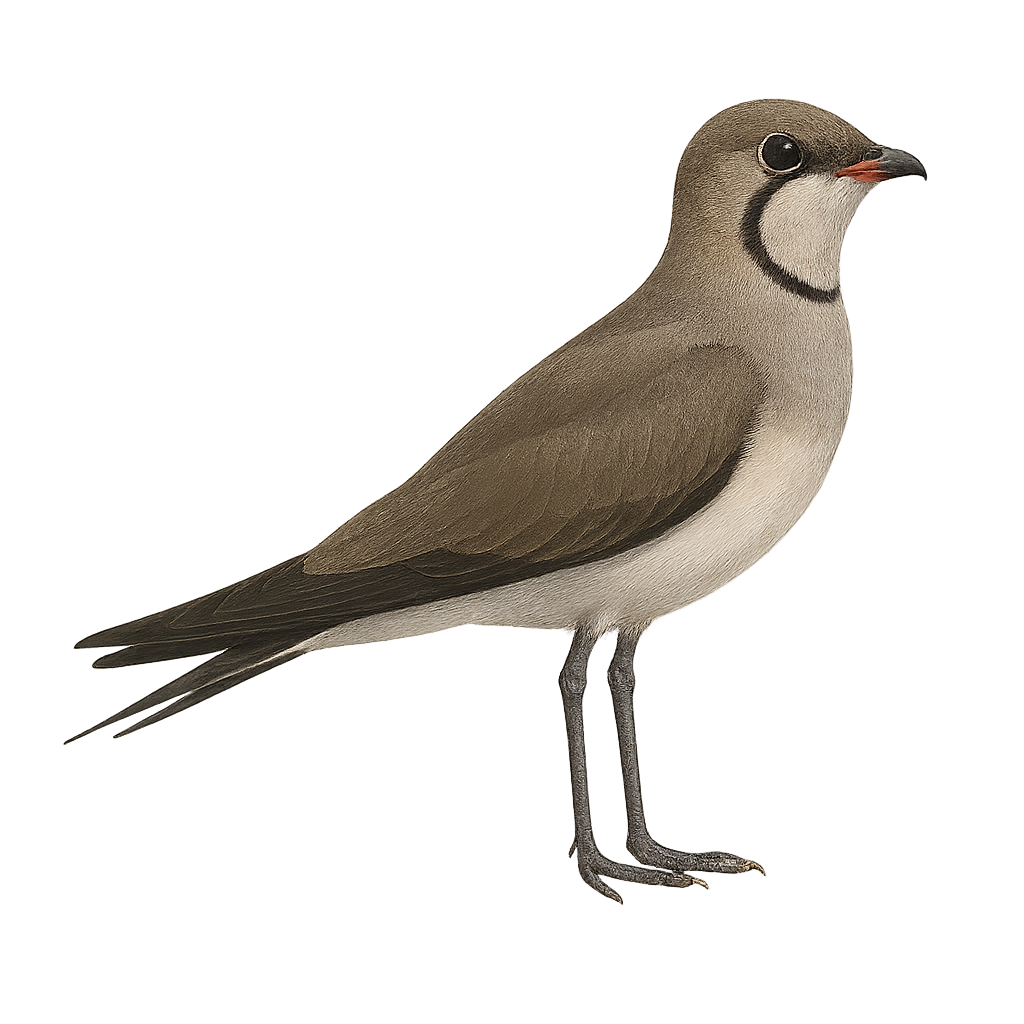Your wildlife photography guide.
Explore the black-winged pratincole in detail, study its behavior, prepare your shots.
Where to observe and photograph the black-winged pratincole in the wild
Learn where and when to spot the black-winged pratincole in the wild, how to identify the species based on distinctive features, and what natural environments it inhabits. The WildlifePhotographer app offers tailored photography tips that reflect the black-winged pratincole’s behavior, helping you capture better wildlife images. Explore the full species profile for key information including description, habitat, active periods, and approach techniques.
Black-winged Pratincole
Scientific name: Glareola nordmanni

IUCN Status: Near Threatened
Family: GLAREOLIDAE
Group: Birds
Sensitivity to human approach: Suspicious
Minimum approach distance: 10 m
Courtship display: May to June
Incubation: 18-20 jours
Hatchings: May to July
Habitat:
Steppes, open grasslands, wetlands
Activity period :
Primarily active during the day, with peak activity in the morning and late afternoon.
Identification and description:
The Black-winged Pratincole, Glareola nordmanni, is a medium-sized migratory bird belonging to the Glareolidae family. It is recognizable by its light brown plumage, black wings, and forked tail. This bird is known for its ability to fly rapidly and perform impressive aerial acrobatics to catch insects in flight. It is primarily found in the steppes and open grasslands of Eastern Europe and Central Asia. The Black-winged Pratincole migrates to sub-Saharan Africa for the winter. It nests on the ground, often in loose colonies, and prefers habitats near water. Although its conservation status is concerning due to habitat loss, it remains relatively widespread in some regions.
Recommended lens:
400 mm – adjust based on distance, desired framing (portrait or habitat), and approach conditions.
Photography tips:
To photograph the Black-winged Pratincole, it is advisable to use a telephoto lens of at least 400mm to capture detailed images without disturbing the bird. Look for open areas near water, where these birds are often active. Be patient and discreet, as they can be suspicious. Shoot early in the morning or late in the afternoon to take advantage of the best light. Use a tripod to stabilize your camera and get sharp images.
The WildlifePhotographer App is coming soon!
Be the first to explore the best nature spots, track rutting seasons, log your observations, and observe more wildlife.
Already 1 439 wildlife lovers subscribed worldwide

